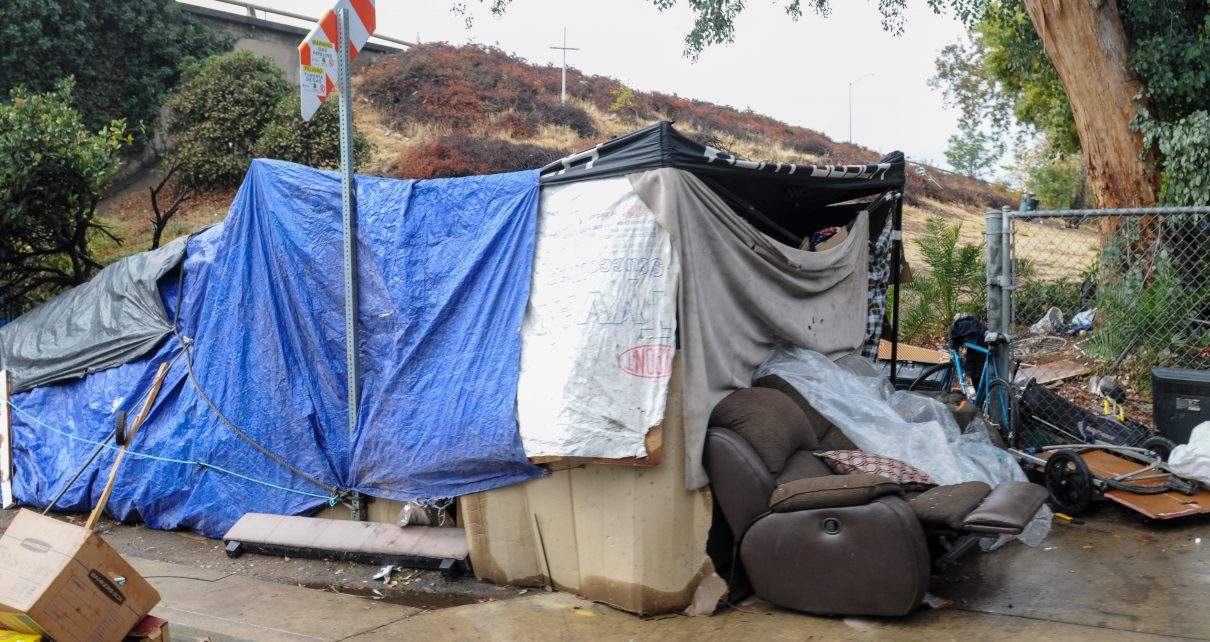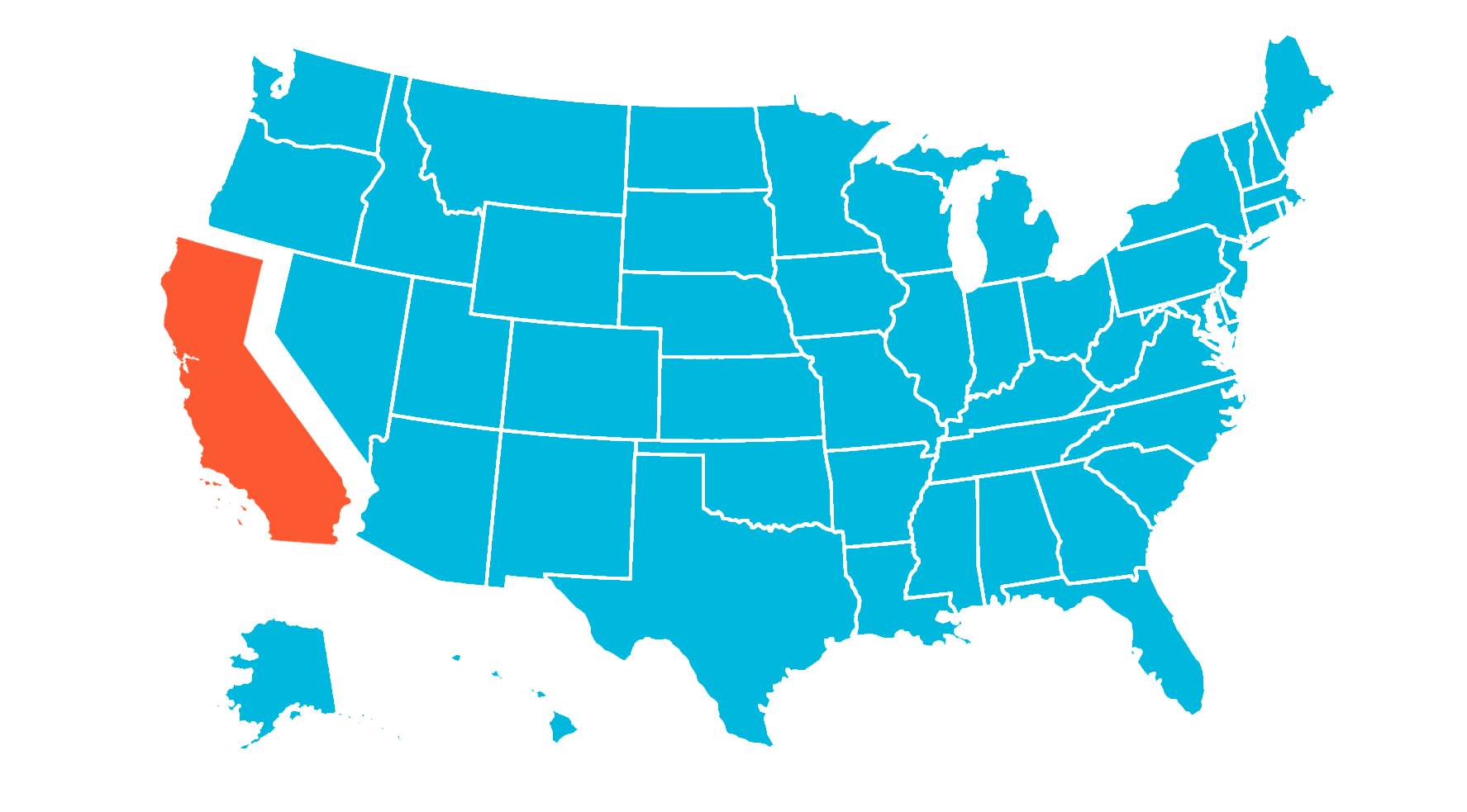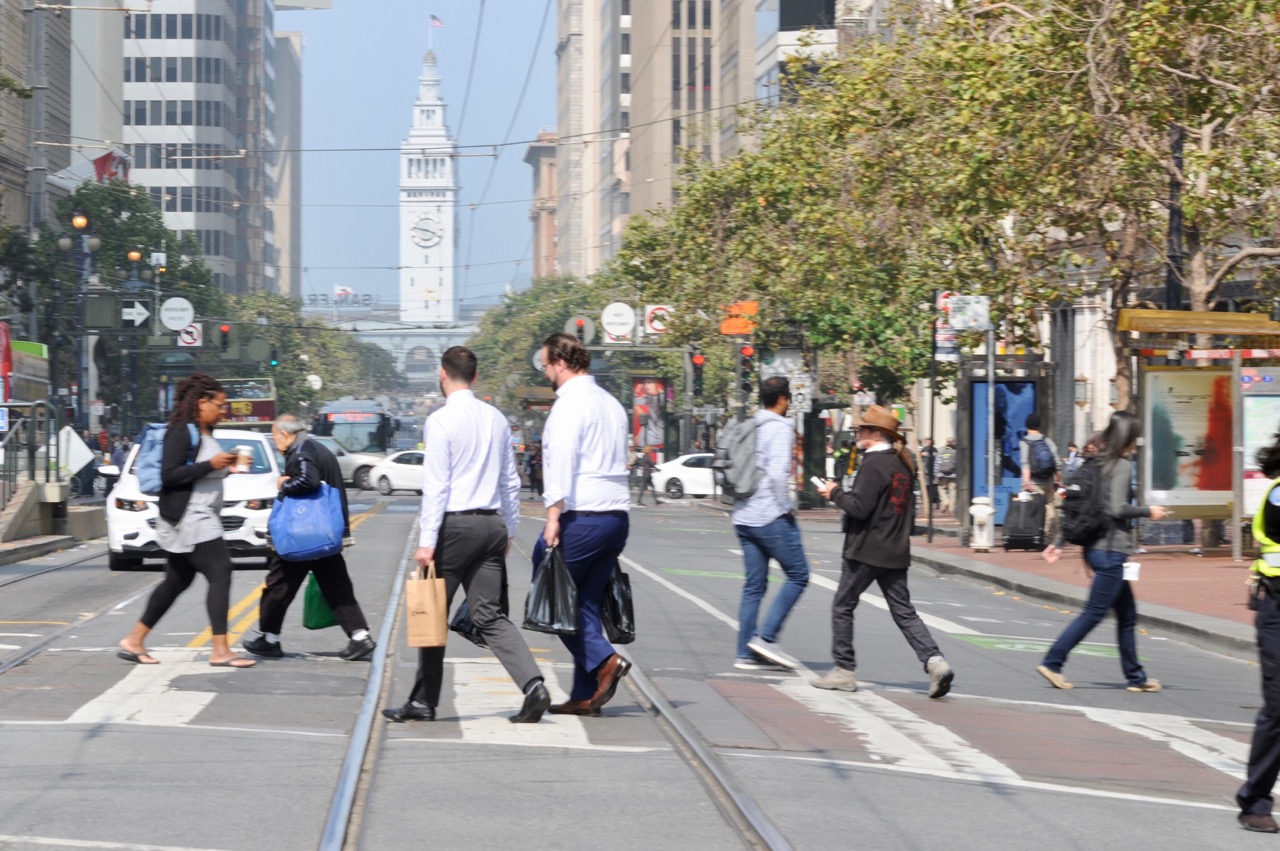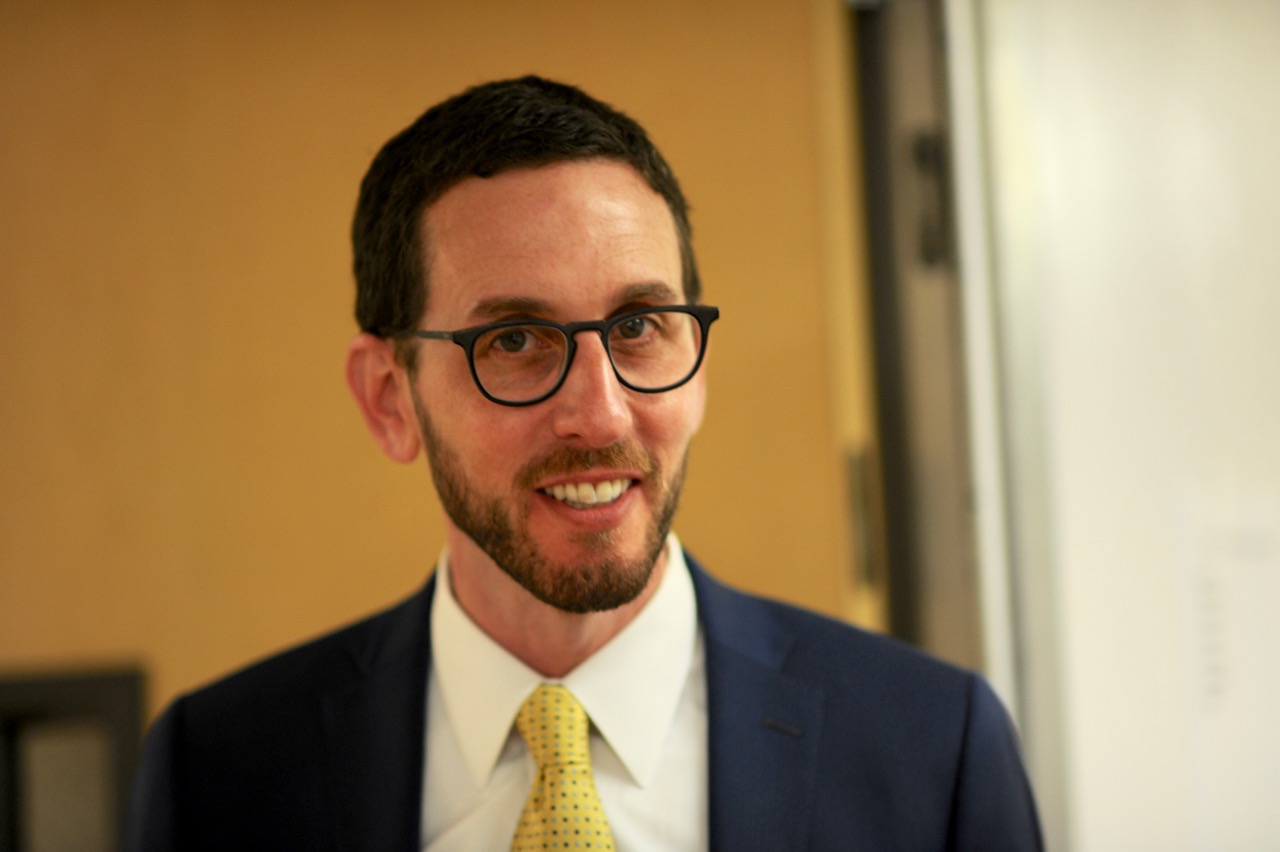
Sacramento Homeless. (Photo: Kevin Sanders for California Globe)
New Report on San Francisco Homelessness Provides Real Policy Solutions
In San Francisco alone, the city spends $1 billion a year on homeless
By Katy Grimes, November 23, 2021 7:47 am
Why is homelessness growing in California, but declining in every other state in the country? California is home to more than 151,000 people now experiencing homelessness across the state – a 31% increase from 2015 – according to the Independent Institute, a public policy research and educational organization.
The poster child of homelessness in California is the San Francisco Bay Area, of which housing and homelessness crises will not be resolved until policymakers and service providers stop relying on conventional approaches, which do not work, the Independent Institute says.
“The cause for this tragic increase can be attributed primarily to failing state and local government policies that have fueled homelessness,” the Independent Institute says. “This includes directing funding almost exclusively to Housing First, a one-size-fits-all approach to homelessness. Using this approach towards every homeless individual in California would be prohibitively expensive ($75 billion) and studies show Housing First does not reduce homelessness. Meanwhile, an immense government regulatory regime on housing development disincentives and obstructs the building of all housing, driving the crisis in a ffordable housing.”

“Homelessness has decreased across the country, from 647,000 in 2007 to approximately 568,000 in 2019 (a decline of more than 12%), it has continued to increase in California, from about 139,000 to more than 151,000 during the same period (a rise of nearly 9% percent),” the Institute’s Beyond Homeless reports.
And the San Francisco Bay area is ground zero:
“San Francisco has seen a 17% increase in homelessness since 2017 (31% if you use a broader definition that includes those in jails, hospitals, and residential treatment centers). During that time, homelessness has jumped 40% in San Jose, and 47% in Oakland.”
However, the Independent Institute isn’t just pointing fingers – they propose well-researched solutions in a new report. The Institute provides an in-depth analysis of the root causes of homelessness, critiques current homelessness and housing policies, and offers realistic recommendations for resolving the housing and homelessness crises.
Beyond Homeless: Good Intentions, Bad Outcomes, Transformative Solutions, by Mary L.G. Theroux, Adam B. Summers, Lawrence J. McQuillan, Jonathan Hofer, Hovannes Abramyan and Scott Beyer, examines housing policy and concludes that California’s housing crisis must be resolved, not only for those experiencing homelessness, but for all Californians. The report also shows that significant progress can be made toward resolving homelessness even in advance of expanding the housing supply.
The Globe spoke with Mary Theroux, coauthor of the report and Director of the Beyond Homeless initiative. Theroux has also been a member of the Salvation Army Board of Directors for many years which works to provide services to the addicted, those who need shelter, and many others.
Theroux said the report does not look to government to fix homelessness or provide funding, but they do need government approval for redevelopment projects geared toward affordable housing.
“Homelessness is complicated, and its causes are unique to each individual,” said Theroux. “Therefore any one-size-fits-all approach will never be effective. Yet, that’s how homelessness continues to be addressed.”
The report found:
- the number one self-reported cause of a person’s homelessness was the loss of a job (26 percent)
- Alcohol or drug use was the second most common reason (18 percent)
- eviction (13 percent)
- being kicked out of one’s residence after an argument with family or friends (12 percent).
This is no surprise in San Francisco California, one of the most expensive housing markets in the country.
The report takes on the flawed “Housing First” policy created by the Obama Administration. “Dictating Housing First as the one-size-fits-all solution to homelessness, government agencies have effectively eliminated public funding for programs with alternative approaches. This has been especially punitive for the kinds of longer-term supportive programs that have been shown to help those experiencing homelessness achieve their full potential.”
State and local government is failing to properly address the homeless crisis by merely throwing more and more funding at it. “Governments across California are spending record amounts of taxpayer dollars on homelessness, yet the problem continues to grow. This indicates that the failure to adequately address homelessness is not due to a lack of government programs or insufficient taxpayer funding but rather to poorly designed policies and programs with the wrong priorities.”
“In San Francisco alone, the city spent $365 million on homelessness in fiscal year 2019–20, an 84 percent increase in just the past six years. Adding in funding from the state and federal governments, along with contributions from private companies, foundations, and the approximately 100 Bay Area nonprofit organizations providing services to those experiencing homelessness pushes the total closer to $1 billion per year.” The population of San Francisco is 873,965.
The Independent Institute highlights successful programs which get homeless off of the streets, providing wrap-around services and treatment, helping transition many back into productive society.
Recommendations include:
- Abolish prevailing wage laws, which increase average construction costs for affordable housing projects by between 10 percent and 25 percent—and raise total project costs by as much as 46 percent;
- Streamline or eliminate CEQA;
- Reexamine conservatorship laws;
- Minimize development impact fees;
- Relax zoning restrictions, eliminate urban growth boundaries, and enhance property rights;
- Eliminate inclusionary zoning (affordable housing) requirements and rent controls.
You can read the report at Beyond Homeless.
The Independent Institute also has a companion documentary, Beyond Homeless: Finding Hope, which will be released in early 2022.
- Top 50 Disasters Gov. Gavin Newsom Has Ushered into California: 2025 Edition - December 17, 2025
- Gov. Newsom Announces Fired Former CDC Officials Will Lead New CA Public Health Exchange - December 16, 2025
- Failed State California: $18 Billion Deficit, High-Risk State Agencies, Record Out-Migration - December 16, 2025





just imagine if homeless realized they can form a group and use their shopping carts to compile goods under $950 from any store in SF…might be worth instead of $1 give them a solar calculator with some instructions.
It sounds like a right-winger’s wet dream. How will any of these suggestions help anybody but the”pre-homed” and the1%? I’m not seeing it, and I don’t believe you are serious about getting people off the sidewalks.. Neo-liberal much?
I want to set up a garment factory employing about 10,000 people, I am willing to accept homeless people living in shelters to work. I spent a lot of time looking for a piece of land large enough to build a factory for 10,000 people to work in and build 10,000 houses for workers to live in for a long time. But, if the land is large enough, it is not suitable for the planning, if the land is suitable for the planning, it is not wide enough. This is a project that can contribute to creating jobs for homeless people, contributing to reducing homelessness. Can the government help me change the land plan to make room for the project?